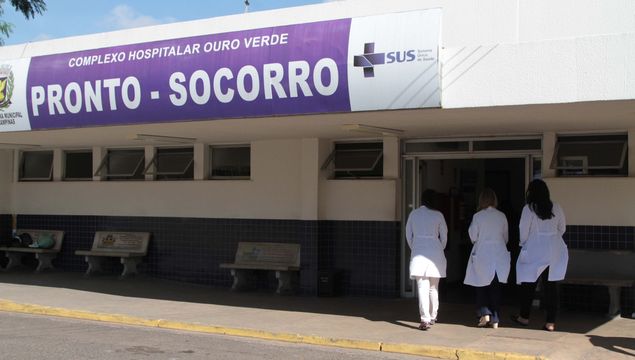Latest Photo Galleries
Brazilian Markets
17h38 Bovespa |
+0,02% | 124.196 |
16h43 Gold |
0,00% | 117 |
17h00 Dollar |
+0,15% | 5,2507 |
16h30 Euro |
+0,49% | 2,65250 |
ADVERTISING
Borrowing from the Automobile Industry, National Healthcare Agency Seeks to Reduce Overcrowding
07/10/2018 - 11h20
Advertising
CLÁUDIA COLLUCCI
SÃO PAULO
Urgent and emergency care units, one of the most poorly evaluated services that is provided by the National Healthcare Agency (SUS), is adopting Lean Management techniques, borrowing from the automobile industry in an attempt to reduce overcrowding and consequently waiting times.
Urgent & emergency aid centers in six public hospitals located in São Paulo, Belo Horizonte (MG), Palmas (TO), Goiânia (GO), Florianópolis (SC) e Fortaleza (CE) where a pilot system has already been implanted have seen a reduction of as much as 50% in patient waiting times.
The Lean Management system for urgent & emergency care is being developed by the Ministry of Health, in partnership with the Syrian-Lebanese Hospital (SP) and will be rolled out to 100 more hospitals within three years. Santa Casa in São Paulo is one of these.
| Denny Cesare/Codigo19/Folhapress | ||
 |
||
| Emergency care unit at the Ouro Verde hospital, in Campinas |
The methodology was originally developed by Toyota in the decade of the 1940's to increase efficiency and productivity, reduce waste, and better organize internal supply and production flows.
At SUS, it will be employed to better organize the flow of patients, separating those with more serious conditions from those with less serious ones in the waiting area.
Those with more serious conditions, after initial treatment, will be moved along to hospitalization or to further exams and related procedures. This will speed up overall patient service and aid in helping patients feel they are being adequately cared for.
With this methodology, the urgency care hospital in Goiâna (Hugol) was able to reduce the waiting time for care in urgency and emergency cases by 55% – from an average 7.35 of hours to 3.27 hours after six months of the pilot program.
Datafolha polling research conducted on behalf of CFM (Federal Medical Council) revealed that only 27% of those who had received care at emergency and urgent care centers evaluated that treatment as good or excellent. Waiting times were listed as the largest source of dissatisfaction.
Translated by LLOYD HARDER



